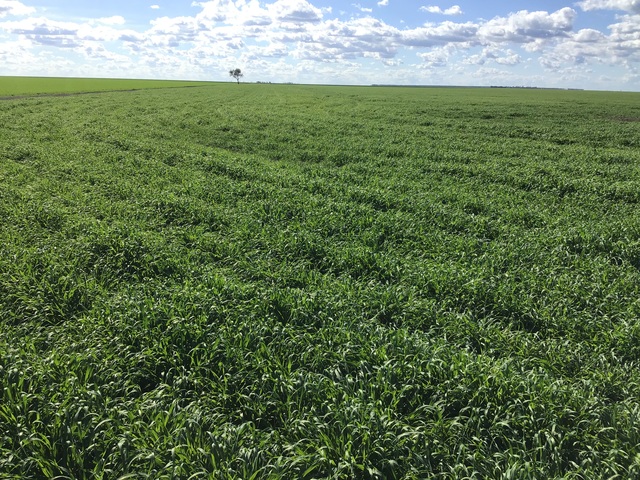I know I sometimes state the obvious in these agronomic articles I write; however, even I’m amazed by the lack of adoption – or should I say, the lack – of a particular testing procedure that we really should be doing in fallow blocks.
We test soil nutrition enthusiastically at depths of 0–15 cm, 15–30 cm, and 30–60 cm (or more) to get an idea of how much plant-available nutrition we have at different layers in our soils.
I recently had a yarn with an agronomy mate, Rob Long from Crown Analytical in northern NSW, about this issue. Longy explained that here in Australia, we do about 300,000 soil tests per year for nutrition. That sounds like a fair number to me for such an essential part of our broadacre cropping systems.
What staggered me, though, is the comparatively low number of Predicta B tests carried out each year across Australia to determine critical disease or pathogen levels. Only about 1,500 of these pathogen-specific tests – Predicta B – are done annually.
Key issues like Root Lesion Nematodes, Crown Rot and Rhizoctonia (just to name a few) can be tested for, and they can have a major impact on yields. Crown Rot has become a particularly tough disease pathogen to manage, and crop rotation or sequencing has been our best line of defence in reducing its impact on future wheat or barley paddocks.
Fortunately, a new product called Victrato has given wheat and barley growers an effective option by reducing the symptoms of this long-standing problem in our preferred winter cereal stubble-retention farming systems. This should help achieve better yields in those years when disease pressure ramps up.
As always, make sure you read the label carefully – especially the withholding periods – and if livestock are fed treated crops, keep in mind any market-sensitive destinations.
The industry has waited quite some time for this very useful seed-applied product. That said, growers and agros should still apply sound agronomic practices to tackle the ongoing challenge of Crown Rot.






